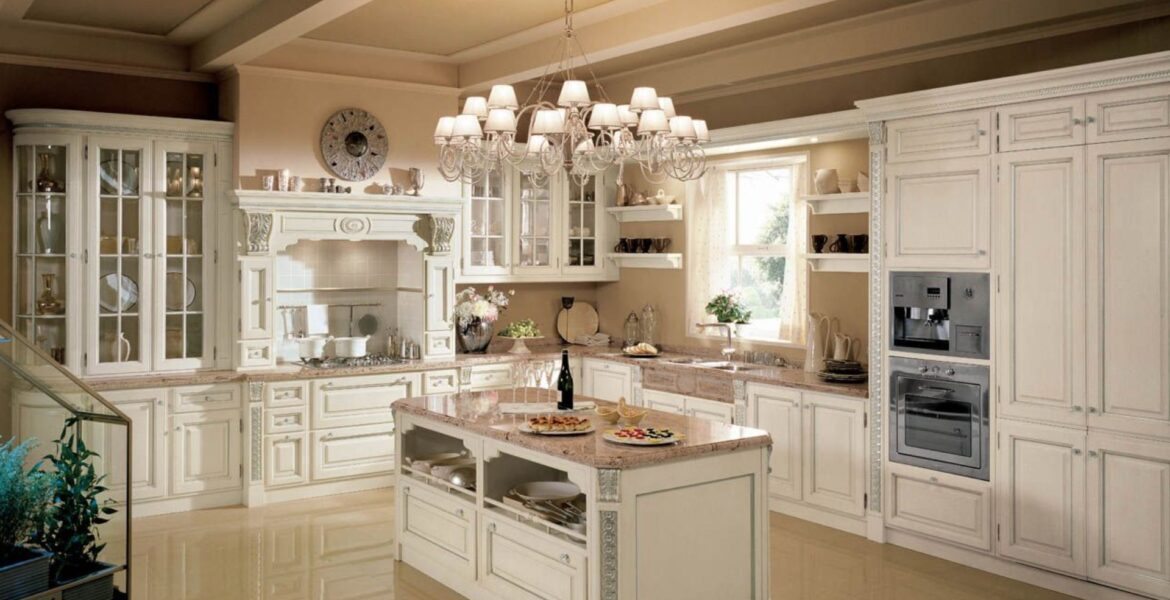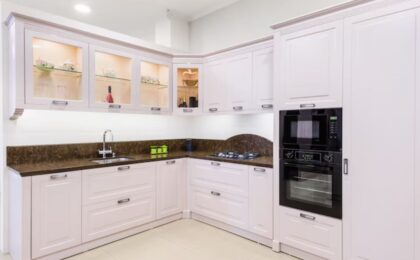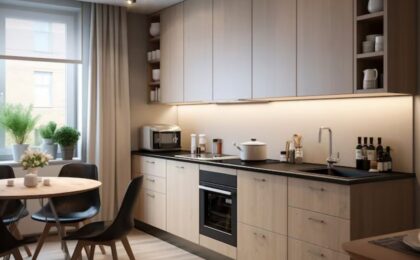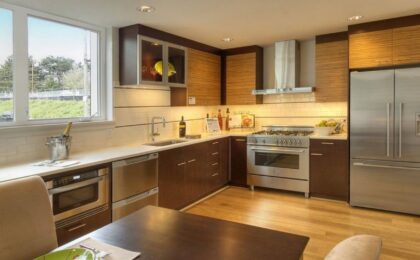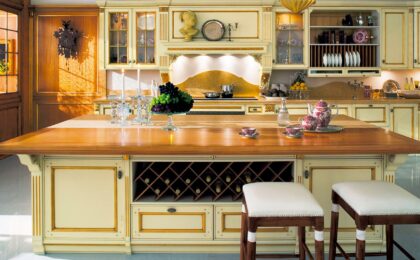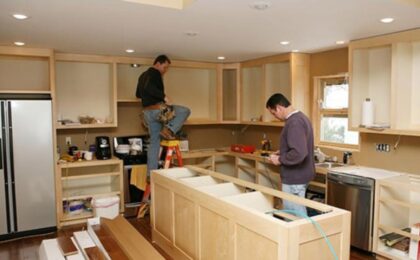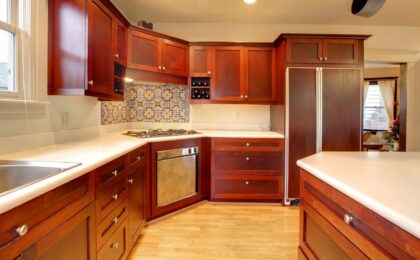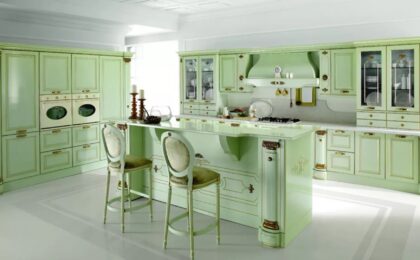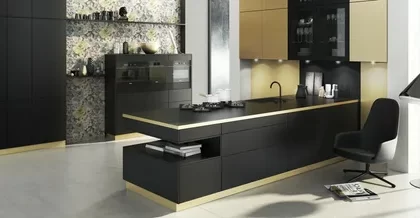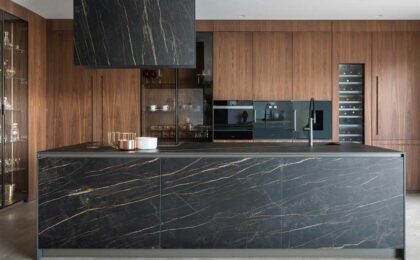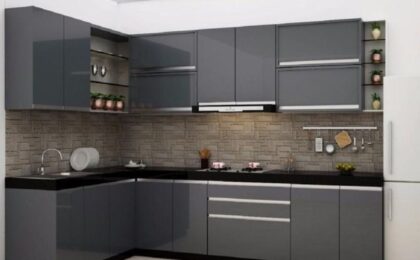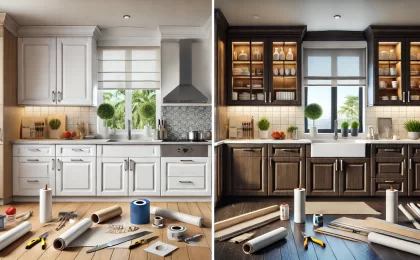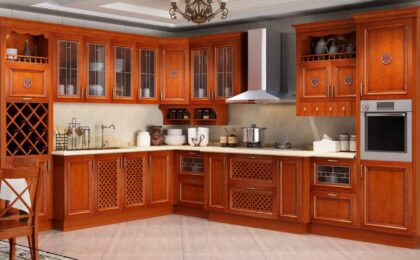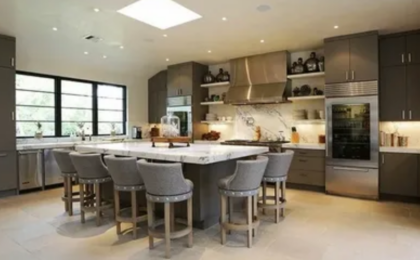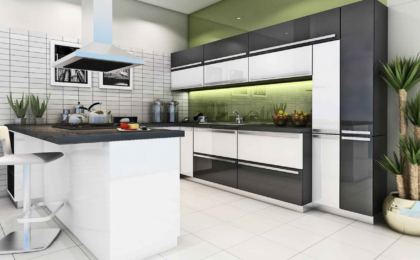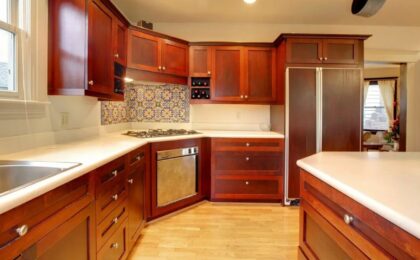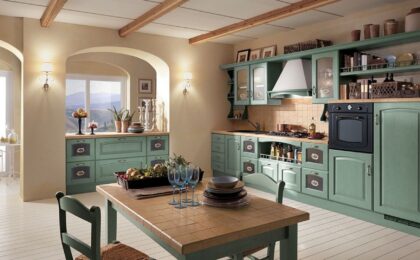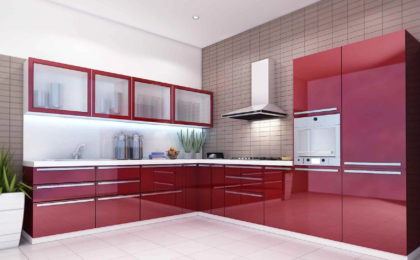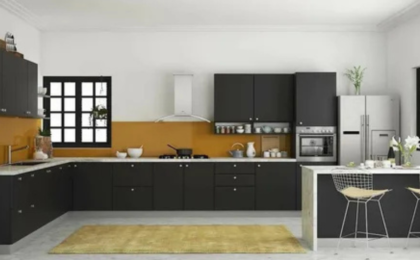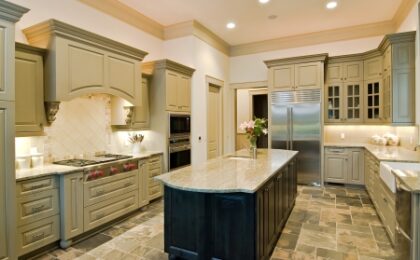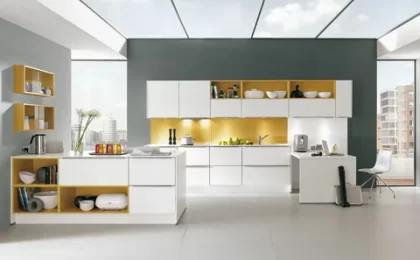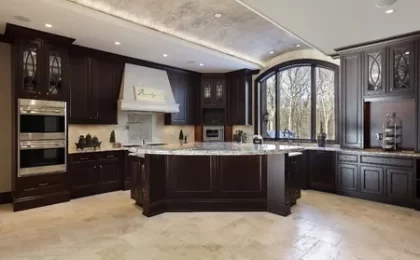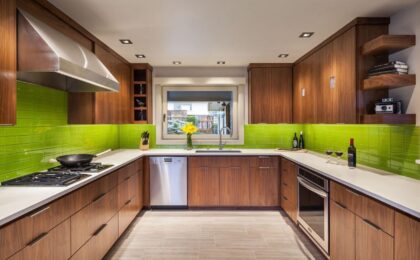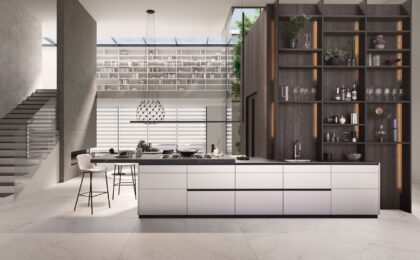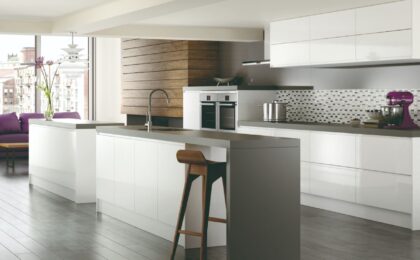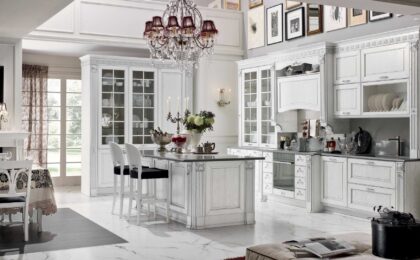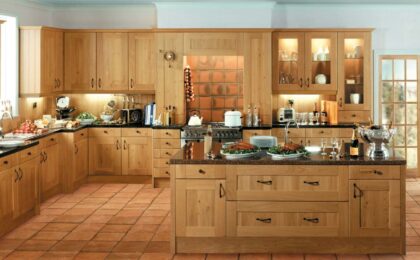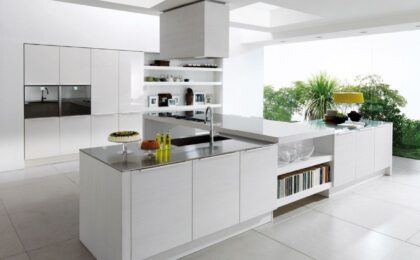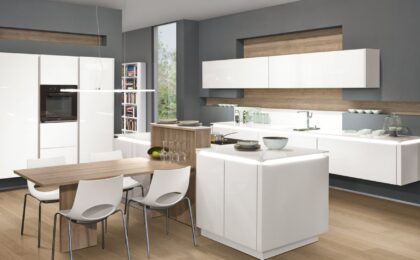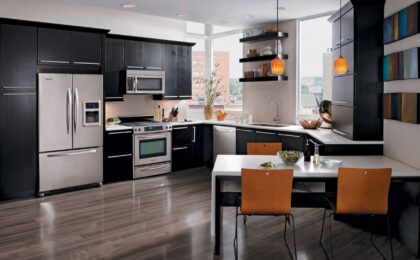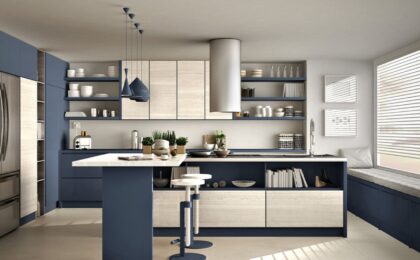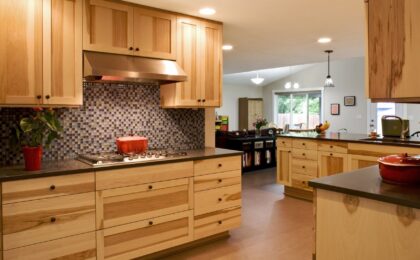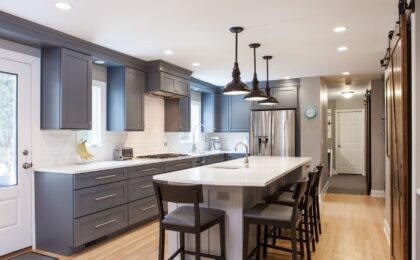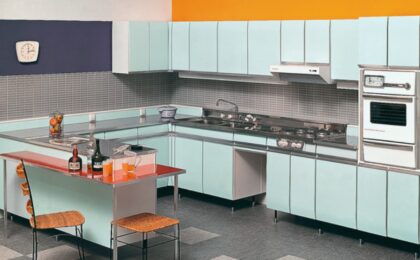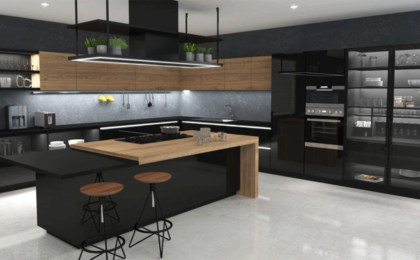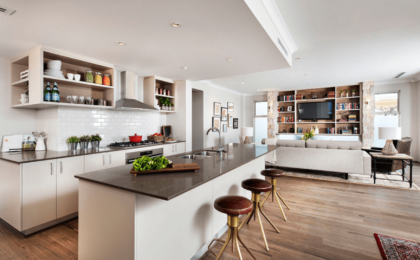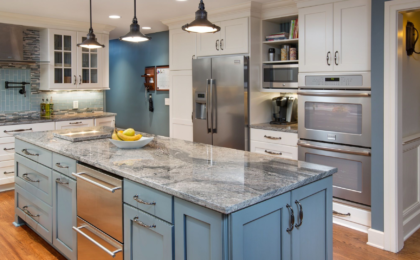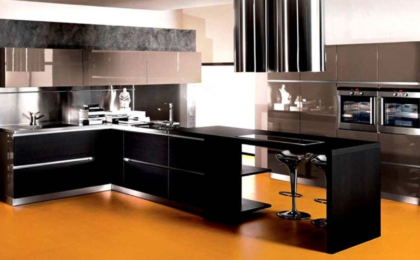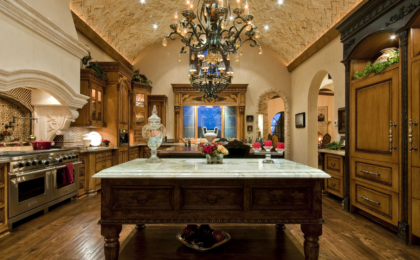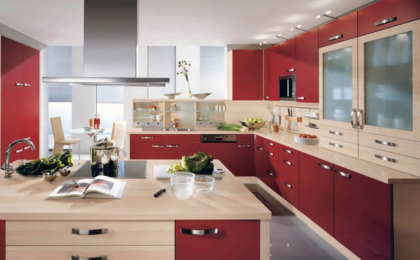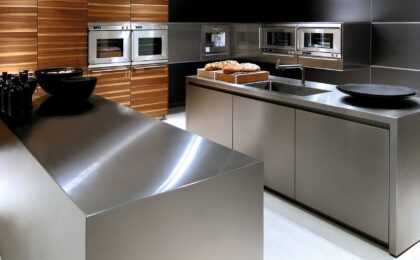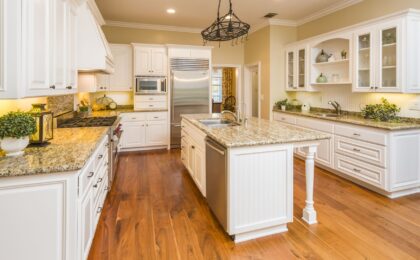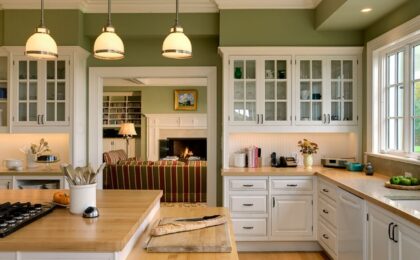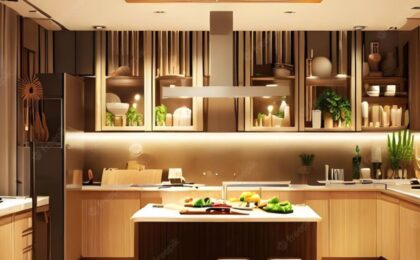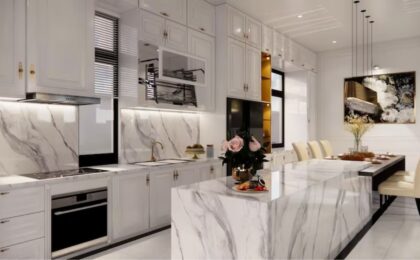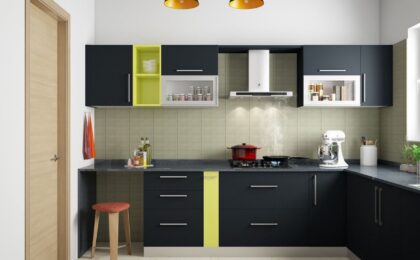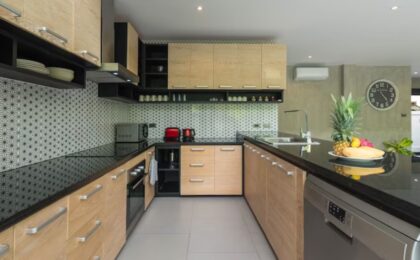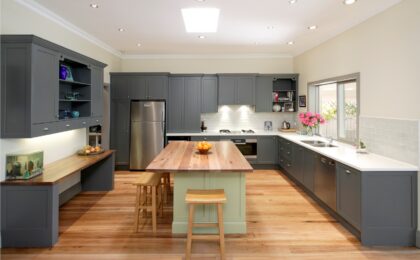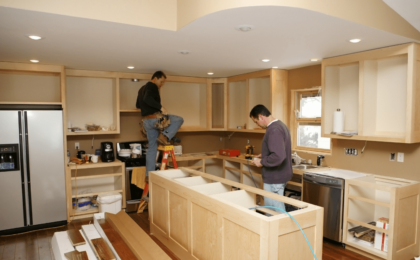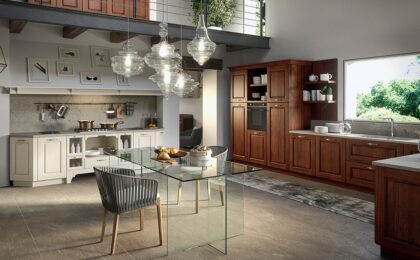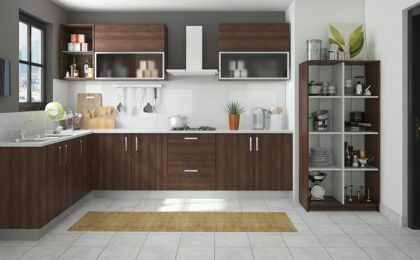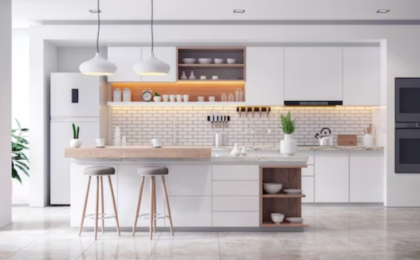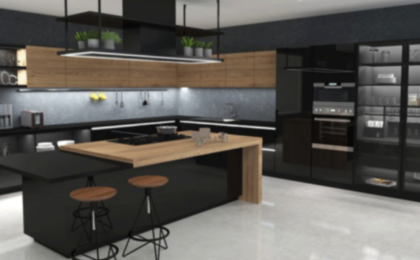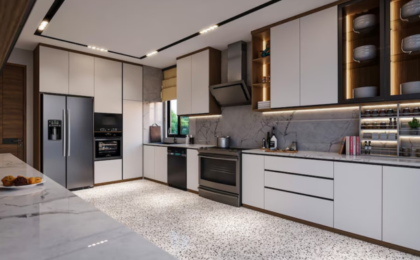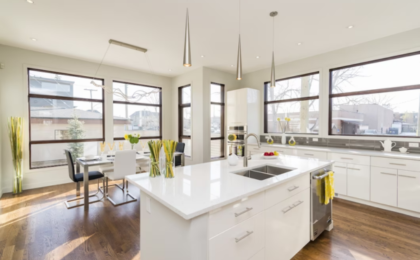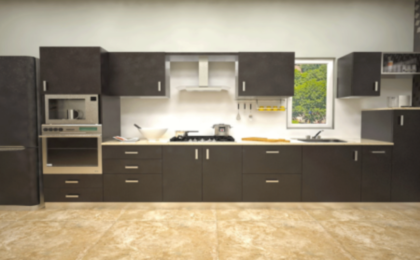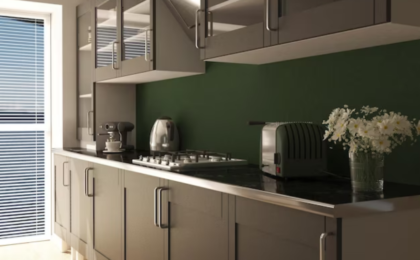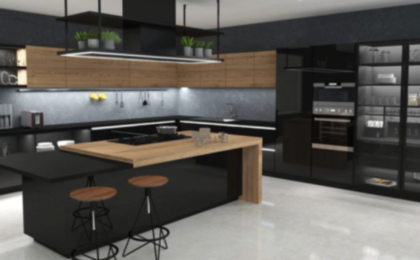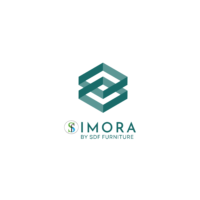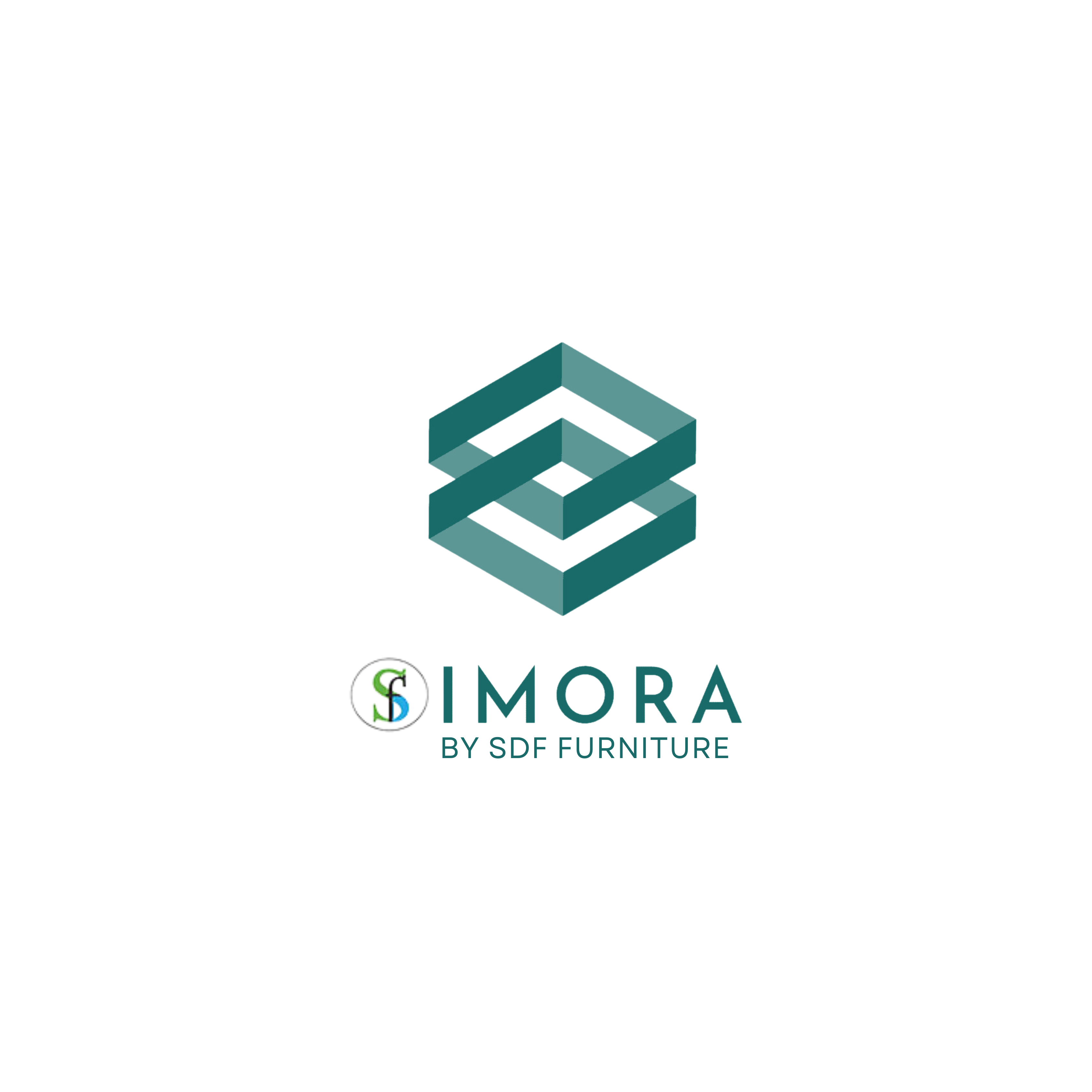Italian Kitchens Dubai is synonymous with elegance, functionality, and a sense of warmth that invites family gatherings and social interactions. Rooted in centuries-old traditions, Italian kitchen design combines practicality with aesthetics, creating spaces that are both beautiful and highly efficient. Here, we delve into the key elements that define the quintessential Italian kitchen.
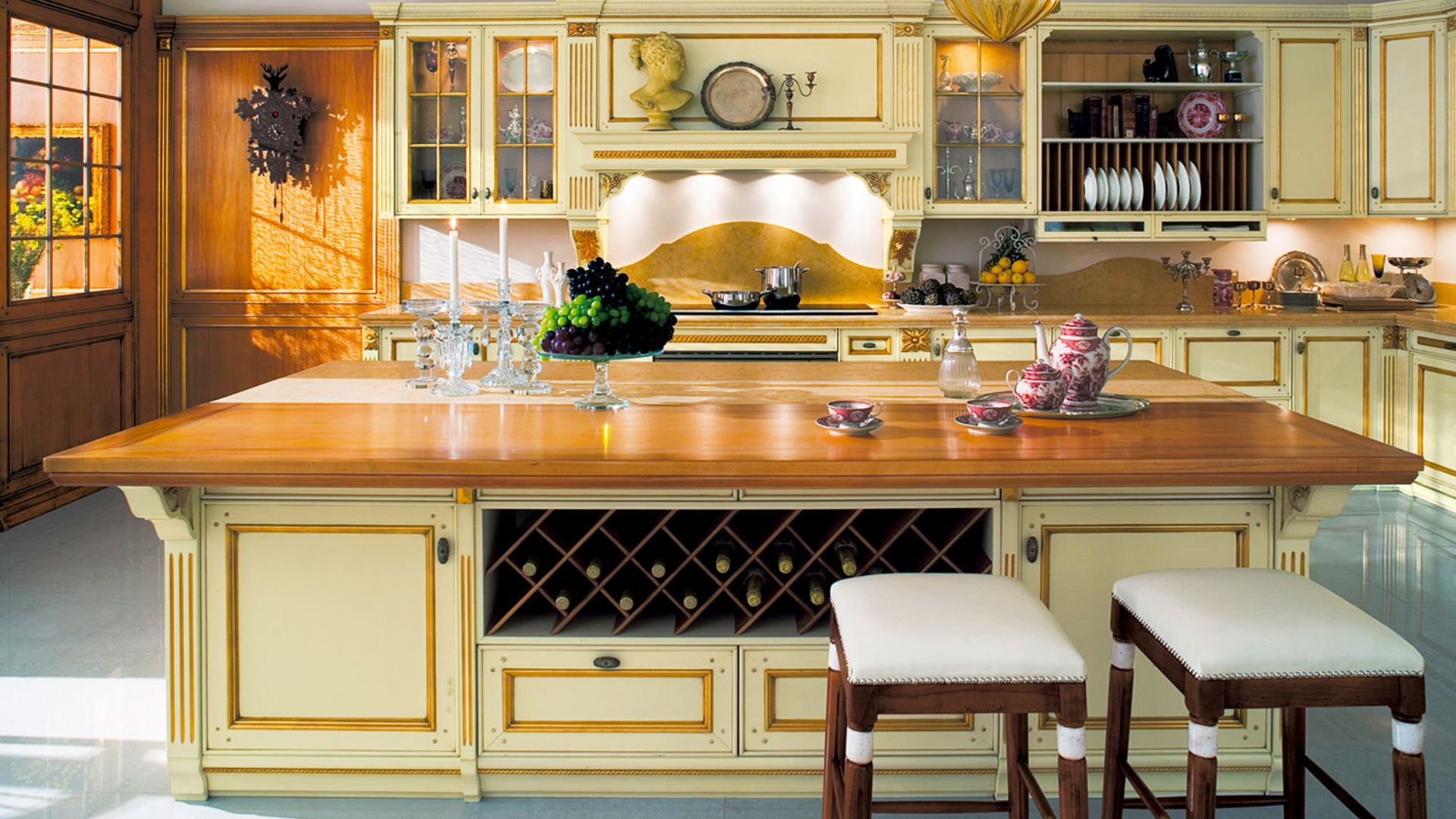
Introduction
Italian kitchen design is celebrated for its balance between form and function. It merges the rustic charm of traditional kitchens with the sleek lines and innovations of contemporary styles. This harmonious blend results in a kitchen that is not only a place for cooking but also a central hub for family life and socializing. Italian kitchens stand out due to their emphasis on high-quality materials, craftsmanship, and careful design.
The Heart of the Home: The Kitchen Layout
The layout of an Italian kitchen is carefully planned to enhance functionality and flow. The open-plan design is a popular element, allowing for easy movement and interaction. The kitchen often opens into the dining or living area, fostering a sense of connection and communication. Key elements include:
- Work Triangle: The triangular placement of the sink, stove, and refrigerator maximizes efficiency and ease of movement.
- Central Island: A central island is a staple in many Italian kitchen, providing additional workspace, storage, and often serving as a casual dining area.
- Integrated Appliances: Built-in appliances contribute to the clean, uncluttered look typical of Italian design.
Timeless Materials and Finishes
Italian kitchen is characterized by the use of high-quality, natural materials that exude warmth and authenticity. The choice of materials plays a crucial role in achieving the desired aesthetic and functionality. Common materials include:
- Marble and Granite: These stones are frequently used for countertops and backsplashes, offering durability and a touch of luxury.
- Wood: Natural wood is frequently used in cabinetry, flooring, and furniture, lending a rustic, homey atmosphere.
- Stainless Steel: Sleek and modern, stainless steel is used for appliances and fixtures, providing a striking contrast to natural materials.
The finishes in an Italian kitchen are equally important. Matte finishes are preferred for a more understated look, while polished surfaces can add a touch of glamour. The color palette typically includes earthy tones, whites, and soft pastels, creating a serene and inviting atmosphere.
Craftsmanship and Attention to Detail
Italian kitchen design is known for its careful craftsmanship and attention to detail. From hand-carved wooden cabinets to intricately designed tiles, every element is crafted with care and precision. Key features include:
- Custom Cabinetry: Custom cabinets that increase storage and blend seamlessly into the space.
- Detailed Hardware: High-quality hardware, such as brass handles and knobs, adds a touch of elegance and sophistication.
- Decorative Elements: Mosaic backsplashes, ornate range hoods, and decorative cornices enhance the aesthetic appeal.
Functionality Meets Style
Italian kitchen is designed to be highly functional without compromising on style. This balance is achieved through thoughtful design and the integration of innovative solutions. Important aspects include:
- Ample Storage: Clever storage solutions, such as pull-out shelves and hidden compartments, keep the kitchen organized and clutter-free.
- Efficient Lighting: A combination of ambient, task, and accent lighting ensures that the kitchen is well-lit and inviting. Pendant lights over the island, under-cabinet lighting, and chandeliers are popular choices.
- Ergonomic Design: Ergonomics ensures that the kitchen is comfortable and easy to operate, with everything conveniently located.
Bringing the Outdoors In
A connection to nature is a hallmark of Italian kitchen design. This is achieved through:
- Large Windows: Allowing natural light to flood the space and offering views of the garden or landscape.
- Indoor Plants: Incorporating greenery into the kitchen decor to bring a sense of freshness and vitality.
- Natural Materials: Using materials like stone, wood, and terracotta that evoke the beauty of the outdoors.
The Social Aspect
Italian kitchen is meant to be convivial spaces where family and friends meet. This social aspect is reflected in features such as:
- Large Dining Tables: Positioned in or near the kitchen, these tables are perfect for family meals and entertaining guests.
- Casual Seating Areas: Cozy nooks with comfortable seating encourage relaxation and conversation.
- Open Shelving: Displaying beautiful crockery, glassware, and cookbooks adds a personal touch and invites guests to feel at home.
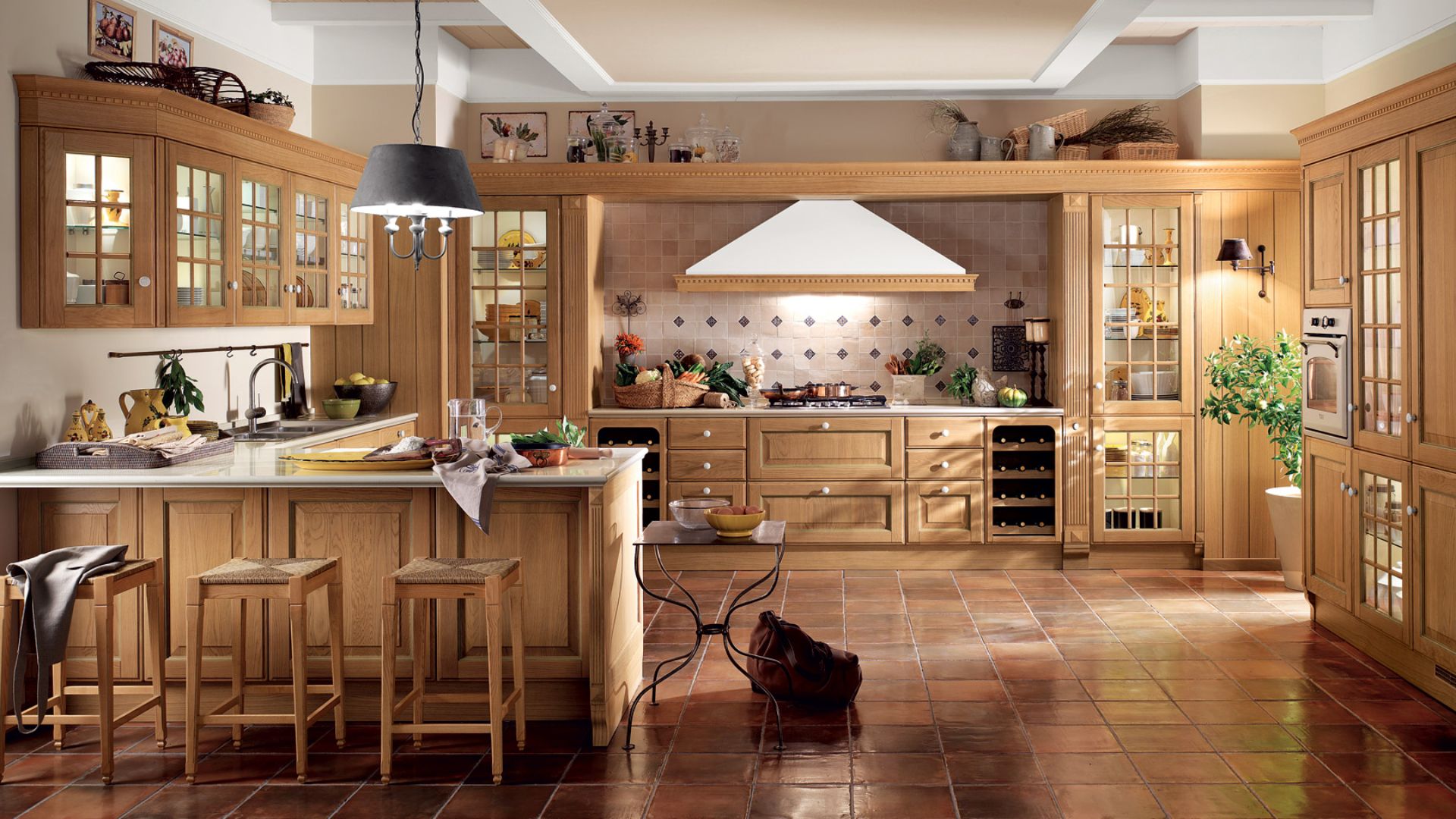
Conclusion
Italian kitchen design celebrates beauty, functionality, and conviviality. It seamlessly blends traditional elements with modern innovations, creating spaces that are both practical and aesthetically pleasing. The use of high-quality materials, meticulous craftsmanship, and thoughtful design ensures that an Italian kitchen is not just a place to cook, but the heart of the home. By incorporating these key elements, one can create a kitchen that embodies the timeless elegance and warm hospitality that Italian design is known for.
